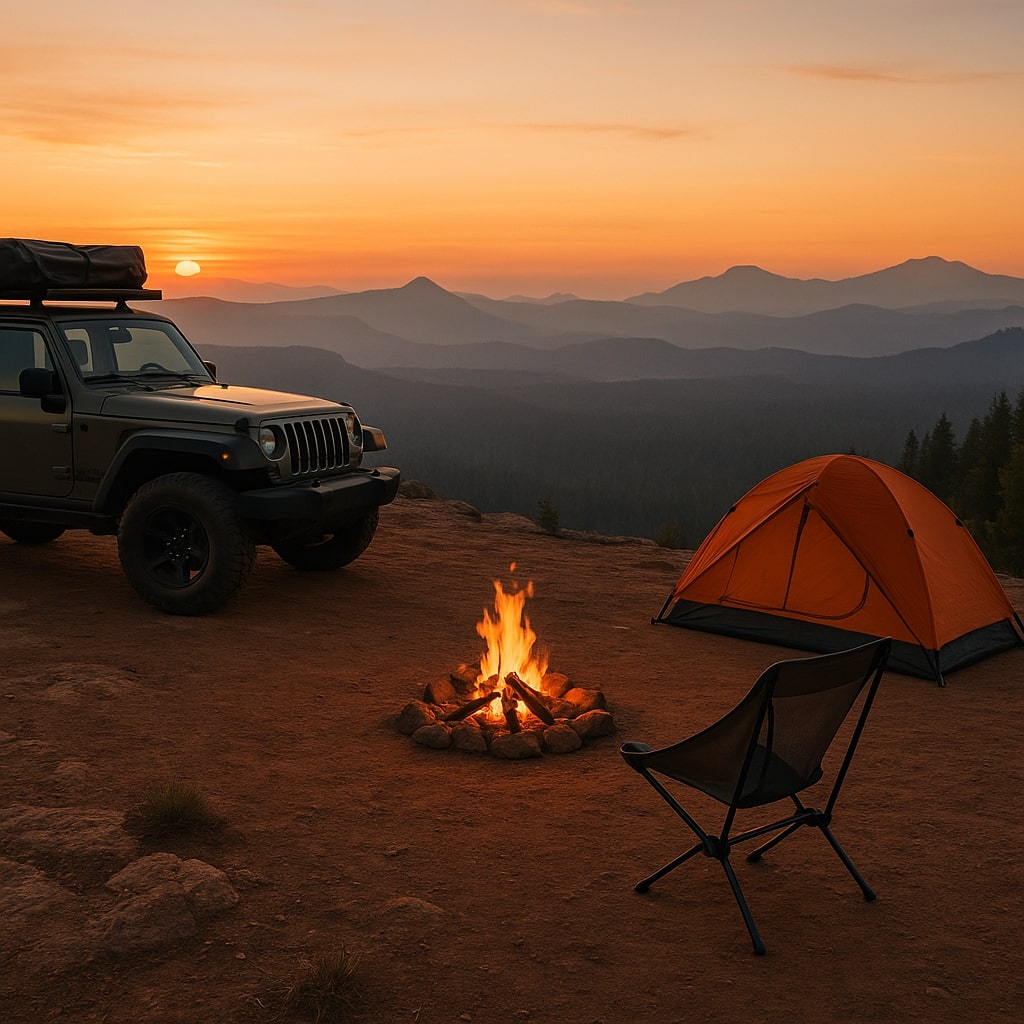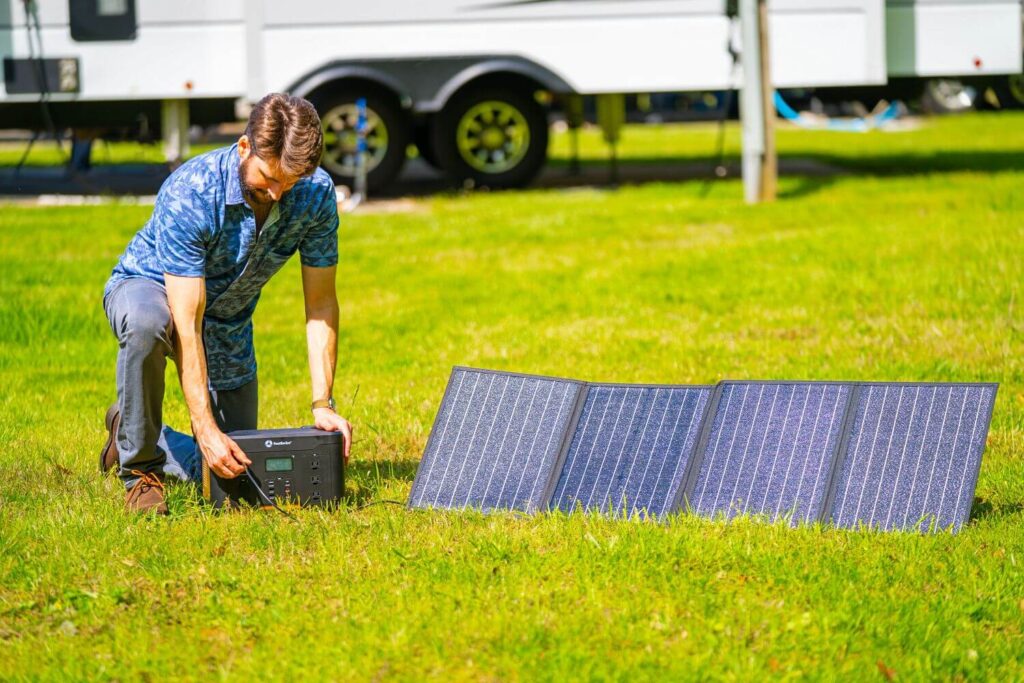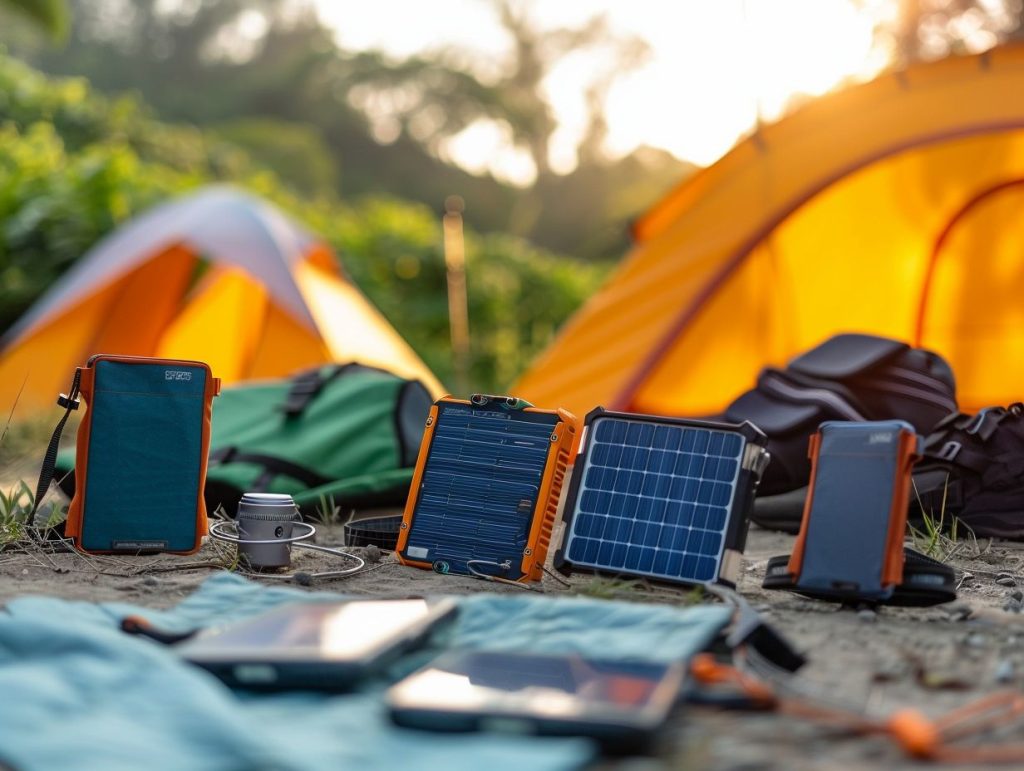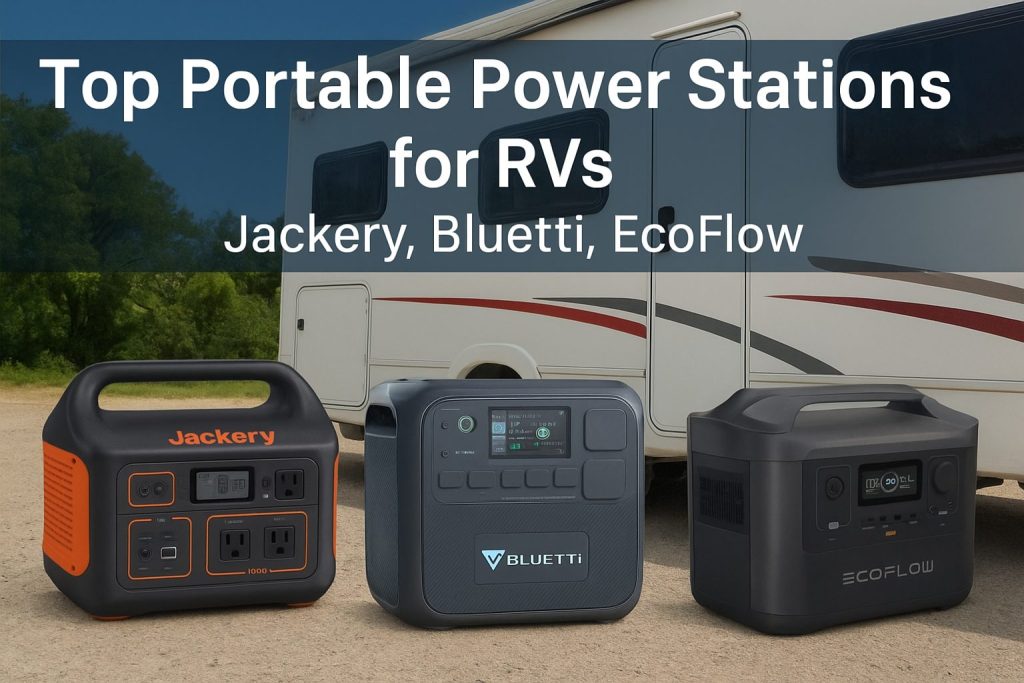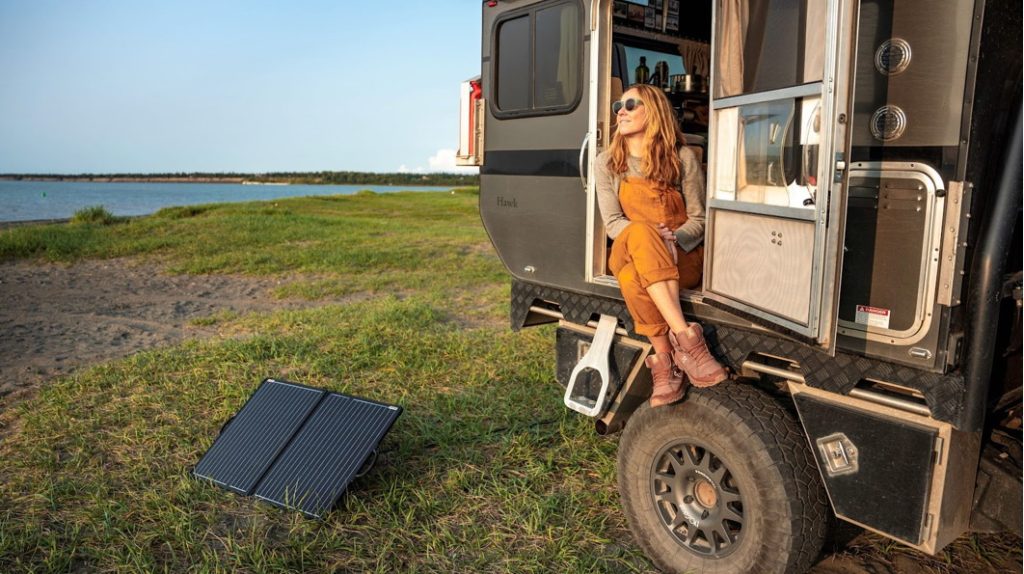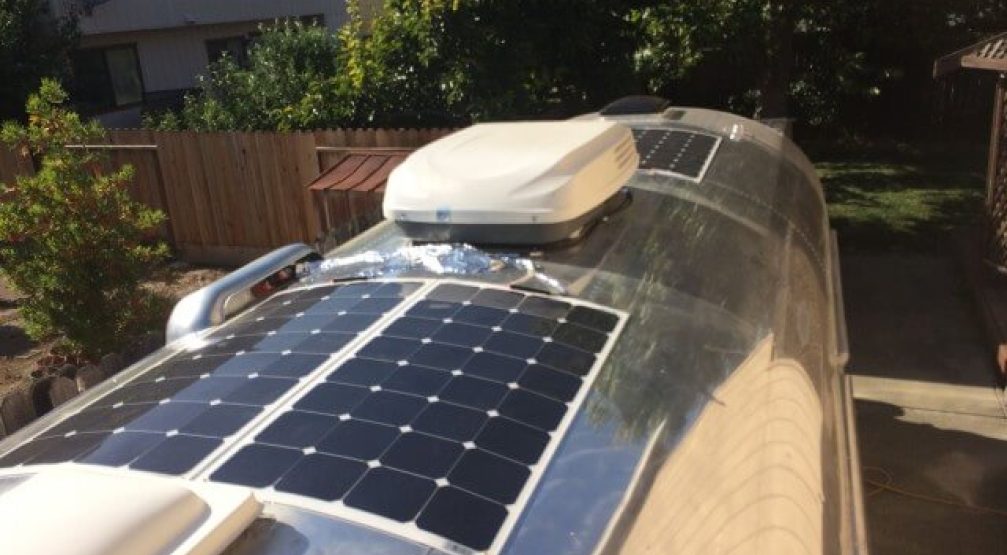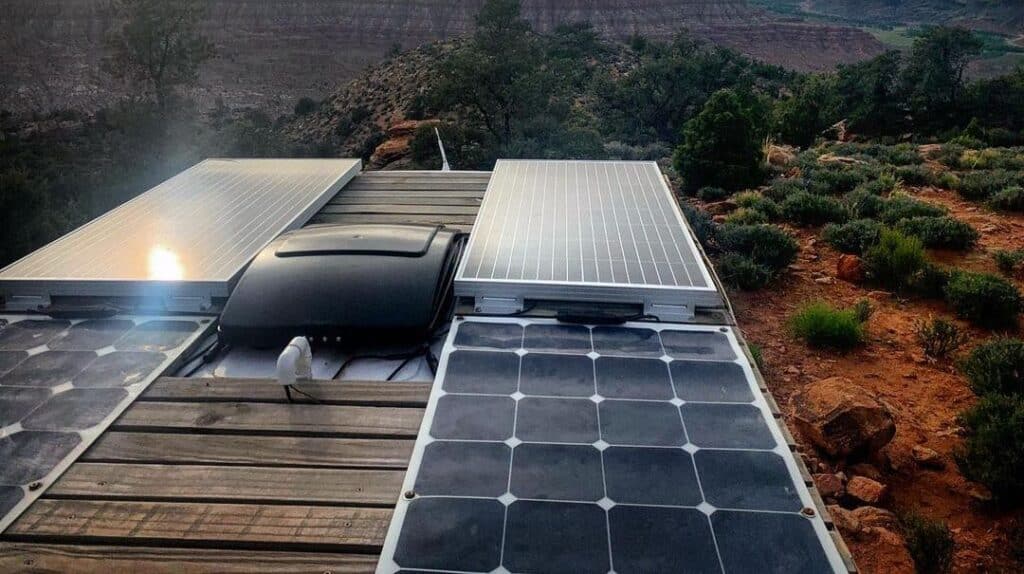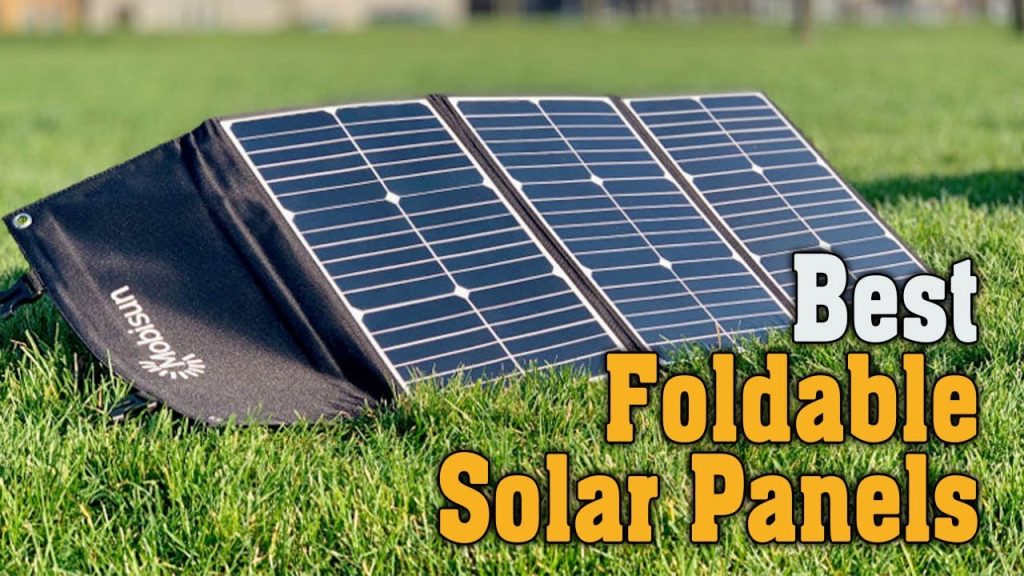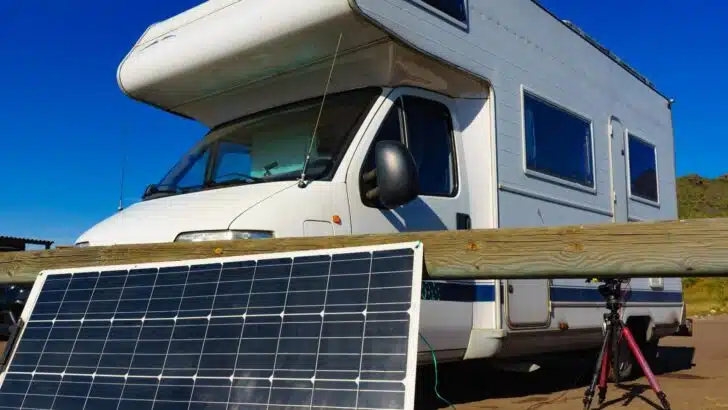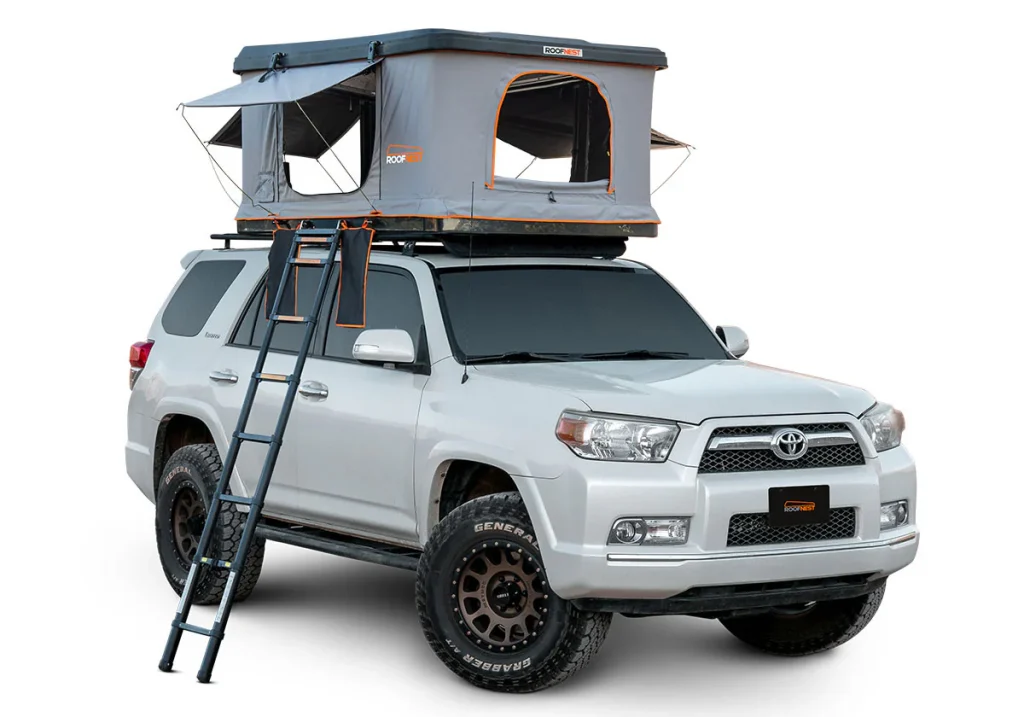Overlanding is all about adventure, freedom, and enjoying the great outdoors—often for days or even weeks at a time. After long drives on rugged trails or a full day of exploring off-grid landscapes, there’s nothing better than settling into a comfortable chair by the campfire. That’s where a good overlanding camp chair comes in.
Unlike regular lawn chairs, overlanding camp chairs are designed to handle rough terrain, unpredictable weather, and the constant pack-and-go lifestyle that overlanding demands. Whether you’re camping in the desert, forest, or high mountains, the right chair makes a big difference in how much you enjoy your downtime.
In this guide, we’ll help you understand why a quality camp chair matters, what features to look for, and how to pick the best option for your style of overlanding.
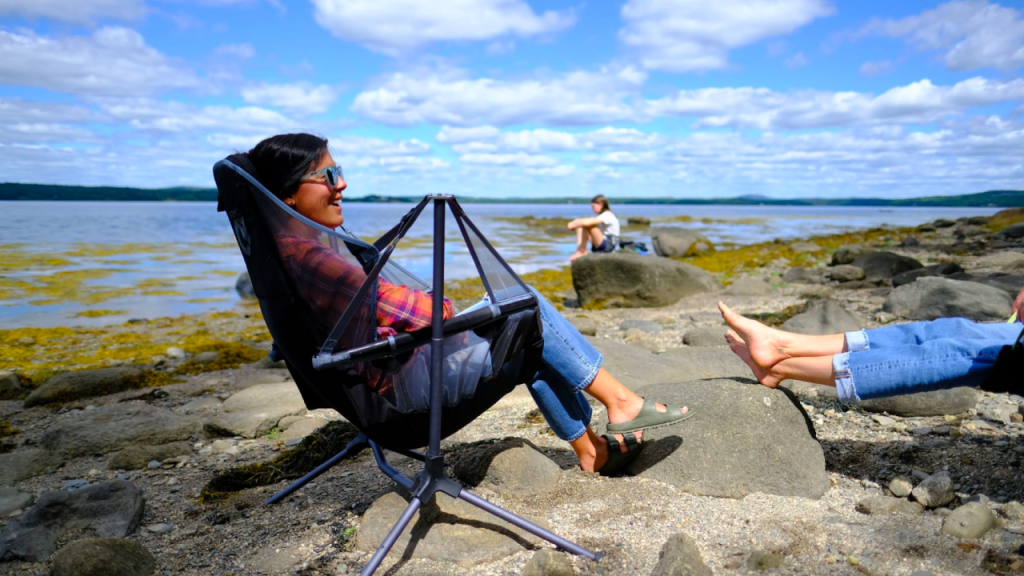
Why Camp Chairs Matter for Overlanding
When you’re overlanding, your camp chair isn’t just a place to sit—it’s your outdoor living room. A sturdy, well-designed chair provides essential comfort after a long day of driving or hiking. It supports your back, keeps you off damp or dusty ground, and makes cooking, eating, and relaxing around camp far more enjoyable.
Beyond comfort, a good camp chair needs to be durable enough to handle bumpy roads and frequent setups. It should fold up easily to save space in your rig and stand strong on uneven or rocky ground. Simply put, investing in the right overlanding chair ensures that wherever your journey takes you, you’ll always have a reliable spot to kick back and enjoy the view.
Key Features to Look for in Overlanding Camp Chairs
Choosing the right camp chair for overlanding is more than just picking what looks good. You need something that will stand up to the demands of rough travel, frequent use, and the unpredictability of nature. Here are the key features to consider when shopping for an overlanding camp chair:
Durability & Materials: Aluminum vs. Steel Frames, Tough Fabrics
The frame is the backbone of your chair. Aluminum frames are lightweight, resistant to rust, and easy to carry, making them a popular choice for overlanders. Steel frames, on the other hand, are heavier but provide extra strength and stability—ideal if you often camp on rocky or uneven ground.
Equally important are the fabrics. Look for chairs made from ripstop nylon or heavy-duty polyester, which resist tears, abrasions, and prolonged exposure to sun and rain.
Weight & Portability: Easy to Pack, Carry & Stow in Rigs
Space and weight are always a concern in overlanding. A good camp chair should fold down compactly so it doesn’t take up valuable cargo room. Many high-quality models come with carrying bags and shoulder straps, making them easy to haul from your rig to the campsite or around different spots in camp.
Setup & Foldability: Quick to Assemble or Stow
When you arrive at camp after a long drive, the last thing you want is to struggle with complicated gear. Look for chairs that set up and fold down in seconds. Simple designs with minimal moving parts are not only faster to use but also less likely to break over time.
Comfort Features: Armrests, Recline, Lumbar Support, Headrests
Your chair should feel like a reward after a day on the trail. Models with padded armrests, adjustable recline positions, built-in lumbar support, or even headrests can make a huge difference in comfort. If you plan to spend long hours by the fire or reading under the awning, these small features will pay off.
Weight Capacity & Stability: Handles Uneven Terrain & Different Body Types
Always check the weight rating of a camp chair. A higher weight capacity often means sturdier construction, which is valuable on uneven ground. Wider feet or special “anti-sink” designs can also keep your chair steady on sand, dirt, or rocky surfaces.
Weather Resistance: Withstands Rain, Sun & Dirt
Overlanding means exposure to all kinds of weather. Chairs with UV-resistant coatings won’t fade or weaken under harsh sun. Quick-drying fabrics and rust-resistant frames are essential if you get caught in the rain or need to wipe off mud and dirt. This ensures your chair lasts for many adventures to come.
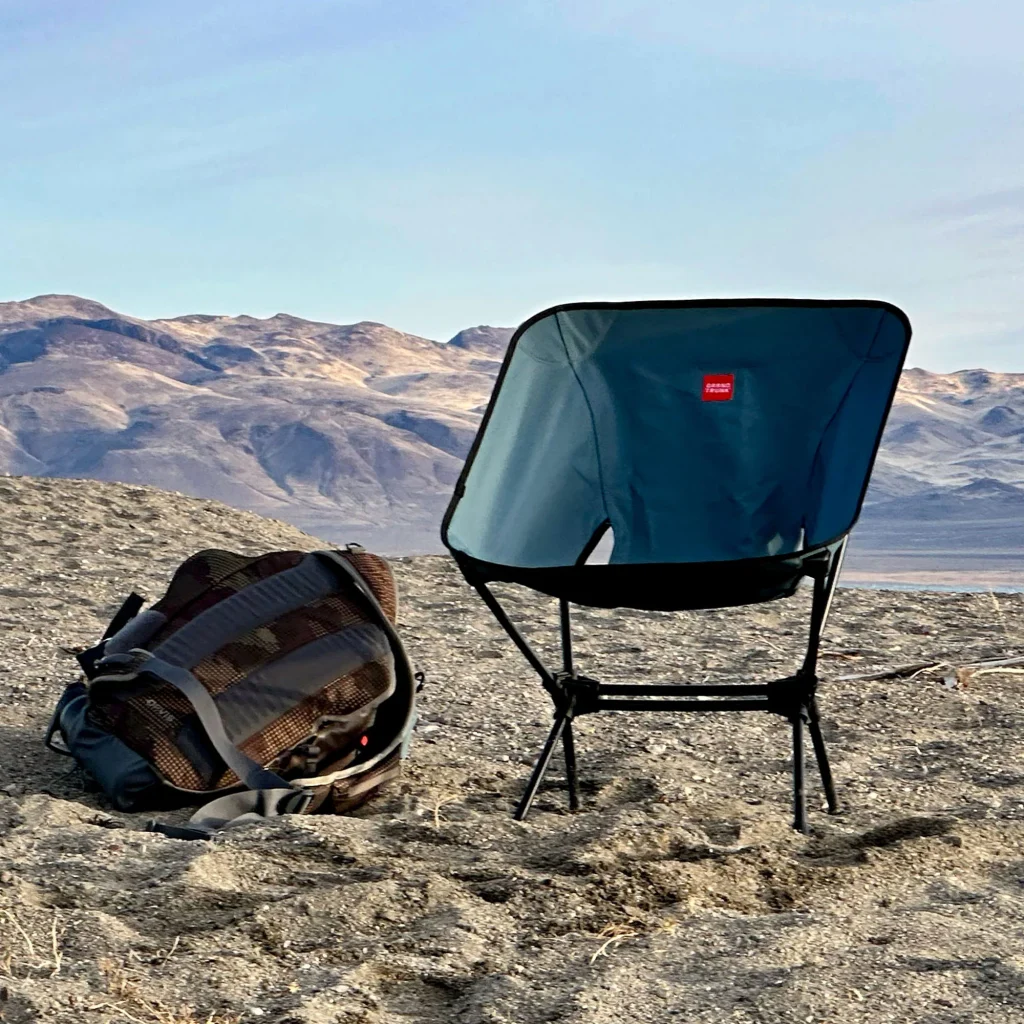
Types of Overlanding Camp Chairs
When it comes to overlanding, not all camp chairs are created equal. Different designs serve different needs, from maximum comfort to minimal packed size. Here’s a look at the most common types of chairs you’ll find for overlanding:
Traditional Folding Chairs: Affordable & Simple
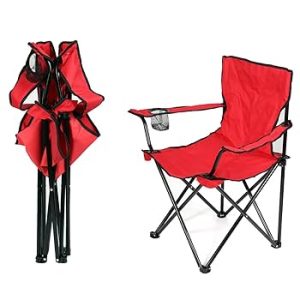
These are the classic camp chairs most people are familiar with. They typically have a collapsible frame, fabric seat, and sometimes basic armrests. They’re budget-friendly and easy to find, making them a popular choice for casual campers. While they’re simple and get the job done, they may not offer the same level of support or rugged build needed for extended overlanding trips.
Director’s Chairs: With Side Tables for Drinks or Gear
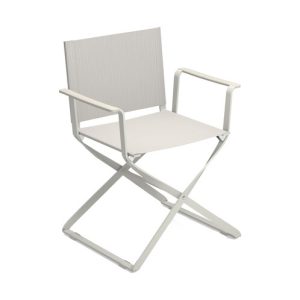
Director’s chairs offer a bit more structure with their upright seating and sturdy armrests. Many models include built-in side tables or pockets, which are great for holding your drink, phone, or small gear. They tend to sit a little higher off the ground, making them easier to get in and out of—especially handy around the camp kitchen.
Reclining & Lounge Chairs: Added Comfort for Long Sits
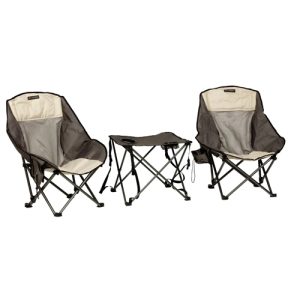
If relaxing by the fire or stargazing is a big part of your overlanding experience, a reclining or lounge chair is worth considering. These chairs allow you to adjust your position from upright to laid-back. Some even come with footrests. They’re bulkier than basic folding chairs but pay off with added comfort for long evenings around camp.
Stools & Compact Chairs: Minimalist, for Saving Space
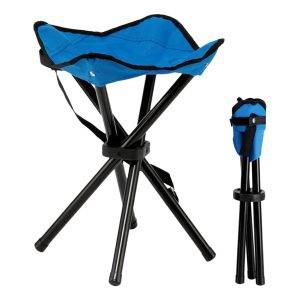
For those who prioritize saving space and weight, minimalist stools or compact “sling” chairs are ideal. They pack down extremely small and are lightweight, perfect for rigs with limited storage. While they may not be as plush or supportive, they do the job for quick stops or when you want to keep your gear footprint tiny.
Rockers & Swivel Chairs: Extra Comfort & Versatility
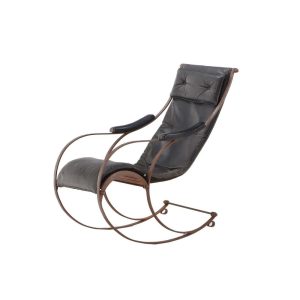
Rocking camp chairs and swivel models bring a touch of luxury to the outdoors. Rockers let you gently sway, which can be especially relaxing after a long day. Swivel chairs allow you to turn easily without scraping legs on rough ground—a nice perk around a busy campfire or when cooking. While typically heavier, they offer unbeatable comfort for basecamp-style setups.
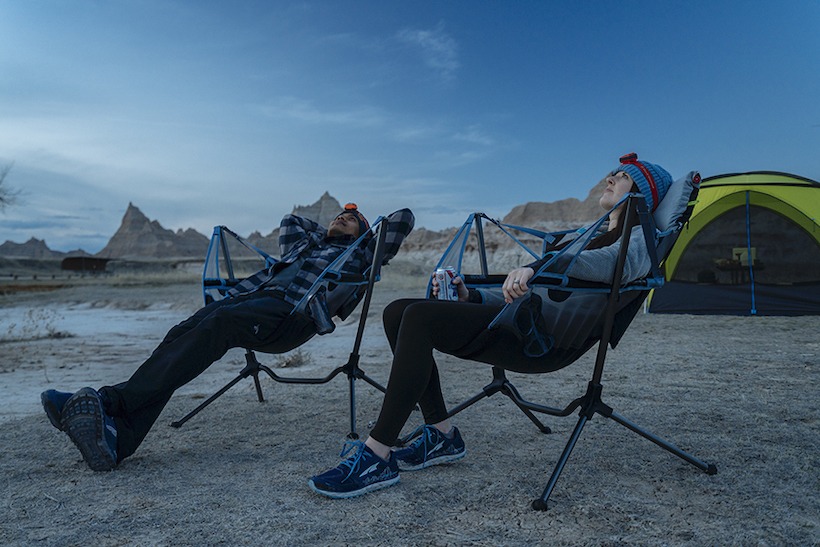
How to Choose The Right One for My Overlanding
Finding the best camp chair for your overlanding adventures comes down to matching your chair to your travel style, personal needs, and the conditions you expect to face. Here are some simple tips to help you decide:
-
Think About Your Trips:
Are you usually setting up camp for several days in one spot, or are you moving daily? For longer stays, a larger, more comfortable chair like a recliner or rocker can be worth the extra space. If you’re always on the go, a lightweight, compact chair or stool might be better. -
Prioritize Comfort vs. Portability:
Ask yourself what matters most. Do you want to kick back in a padded chair with head and lumbar support? Or would you prefer a no-frills chair that packs up small and light? Striking the right balance between comfort and packability is key. -
Match to Terrain & Weather:
If you often camp on sand or loose dirt, look for wide feet or “anti-sink” designs. For wet or humid climates, quick-drying fabrics and rust-resistant frames will help your chair last longer. -
Check the Weight Capacity:
Always make sure the chair’s weight rating suits you and anyone else who might use it. A higher weight capacity usually means stronger construction, which is especially helpful on uneven ground. -
Look at Extras:
Features like side tables, cup holders, or gear pockets can add a lot of convenience. They might seem minor but often make life around camp easier.
By keeping these points in mind, you’ll find a chair that doesn’t just fit in your rig—but becomes one of your favorite pieces of camp gear.
Top Brands and Models to Check Out
When shopping for overlanding camp chairs, choosing a reputable brand can make a big difference in durability, comfort, and long-term value. Here are a few trusted names that experienced overlanders often turn to:
-
Helinox:
Known for their ultralight yet tough chairs, Helinox makes some of the best options if you want gear that packs down tiny but still offers solid support. Their Chair One and Sunset Chair are popular choices. -
REI Co-op:
REI’s own line of camp chairs balances quality and price well. From lightweight models to more plush loungers, their chairs come with good warranties and reliable performance. -
Front Runner:
Famous for rugged overlanding accessories, Front Runner also makes sturdy camp chairs designed to handle the tough conditions off-road enthusiasts encounter. -
ALPS Mountaineering:
If you’re looking for a balance of comfort, features, and affordability, ALPS Mountaineering has a wide range of chairs—from simple fold-ups to recliners with added padding and side tables.
Each of these brands offers multiple models suited to different needs and budgets. Before buying, think about how often you’ll use the chair, the conditions you’ll be camping in, and how much space you’re willing to dedicate in your rig.
Comparing options side by side helps you see which chair fits your overlanding lifestyle best—so you end up with gear that’s not just functional, but also something you’ll look forward to using at every stop.
Additional Accessories & Considerations
A great camp chair is even better with the right extras. Here are a few accessories and considerations that can add convenience and extend the usefulness of your chair while overlanding:
Cup Holders, Storage Pockets, and Coolers
Built-in cup holders keep your drinks secure and within reach, especially when you’re relaxing by the fire. Some chairs also include mesh storage pockets to hold small gear like phones, flashlights, or snacks. A few advanced models even come with built-in coolers—handy for keeping your beverage cold without needing an extra cooler box nearby.
Chair Covers & Carrying Bags
Covers help protect your chair from dust, dirt, and rain during transport or when not in use. Many chairs come with carrying bags that make them easier to haul and stow. If your chair didn’t come with one, consider purchasing a universal cover or storage bag.
Matching Your Chair to Other Camp Gear & Vehicle Space
When choosing a chair, think about how it fits with your overall setup. Will it store easily in your rig? Does it match the height of your camp table or fit under your awning? Coordinating your gear makes camp life more efficient and enjoyable.
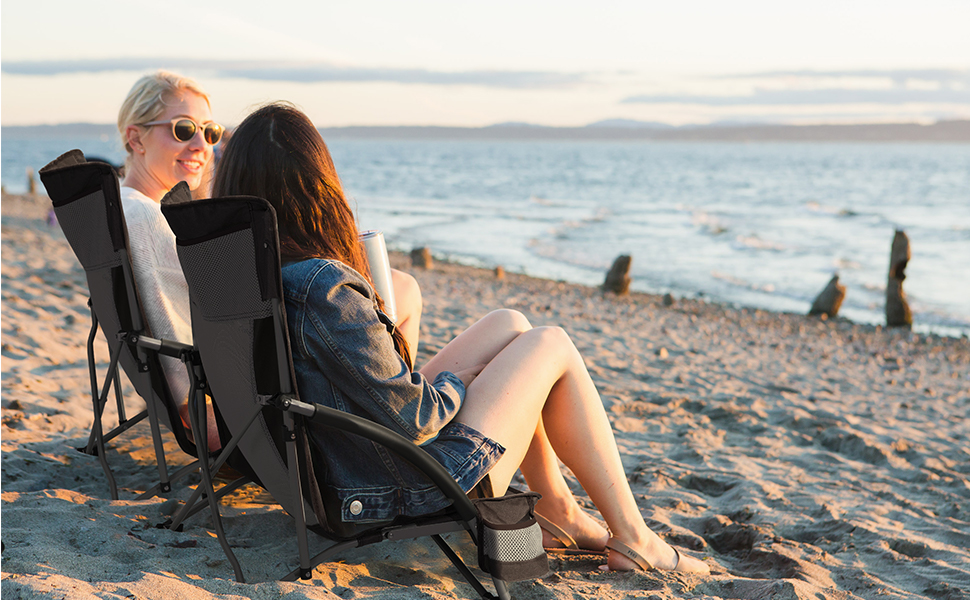
Tips for Maintaining Your Overlanding Camp Chairs
To keep your camp chair in top shape across all your adventures, a little maintenance goes a long way. Here’s how to extend its life:
Cleaning & Drying to Avoid Mildew
After each trip—especially if your chair got wet or dirty—wipe it down with a damp cloth. Let it air dry completely before packing it away. This prevents mold, mildew, and unpleasant odors from developing during storage.
Checking Frames & Bolts Before Trips
Before every trip, give your chair a quick inspection. Check for loose screws, bent frames, or worn-out fabric. Tightening bolts and spotting damage early can prevent problems in the field.
Storing Properly to Extend Lifespan
Store your chair in a dry, cool place when not in use. Avoid leaving it in direct sunlight or humid areas for extended periods. Keeping it stored properly reduces wear and tear, rusting, and UV damage—so it stays reliable for years of overlanding.
Final Thoughts
Choosing the right overlanding camp chair is about more than just having a place to sit—it’s about enhancing your comfort, staying prepared for rugged conditions, and making your time at camp truly enjoyable.
Focus on finding a chair that balances comfort and durability with smart, packable design. Think about the features that matter most to you, whether that’s a sturdy frame, a reclining back, or handy cup holders.
Whenever possible, try out different chairs in person. Sitting in a chair is the best way to know if it suits your body and your style of adventure. That way, you’ll invest in gear that you’ll love using trip after trip.

